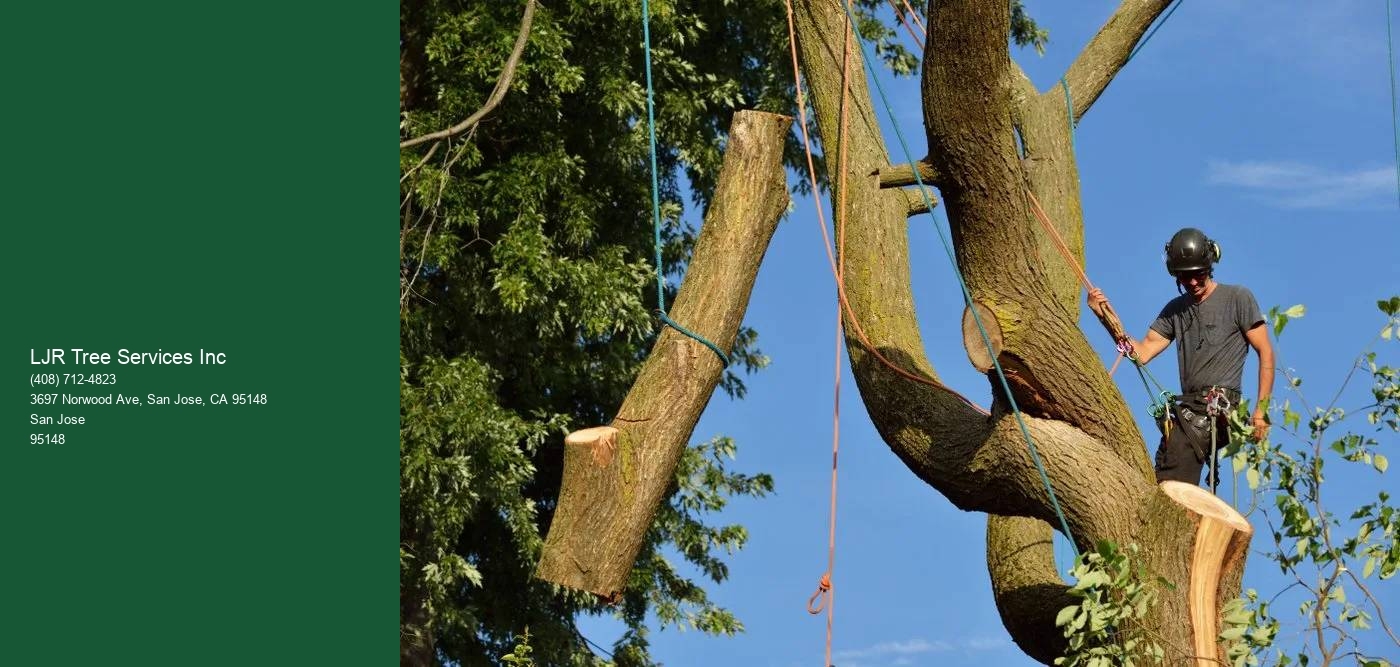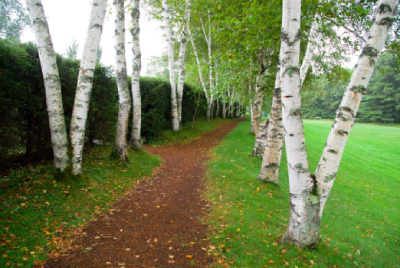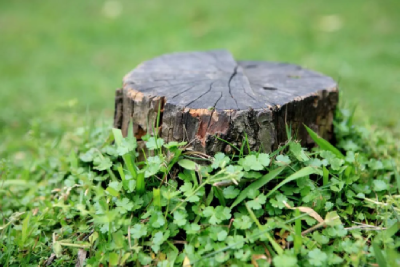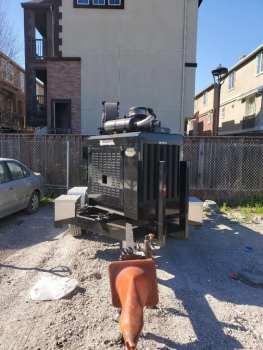

The Role of Certified Arborists in Tree Health Consultation: - Armed with deep knowledge and experience, certified arborists are the architects of tree health consultation. Their expertise extends beyond the visible branches to the intricate world of root systems, soil composition, and environmental factors influencing tree well-being. Here's how they contribute:
Diagnosis and Treatment of Diseases: Certified arborists can identify and address diseases that may plague trees. Their understanding of pathology allows for targeted treatments, ensuring the most effective and environmentally friendly solutions.
Pest Management: Insects can wreak havoc on trees, impacting their growth and stability. Arborists skilled in tree health consultation can devise integrated pest management plans, minimizing the use of harmful chemicals while protecting the trees.
Soil Analysis and Nutrient Management: Healthy trees start with healthy soil. Certified arborists analyze soil composition, identifying nutrient deficiencies and recommending appropriate measures to optimize the soil conditions for robust tree growth.
The Perils of Neglecting Tree Health: Neglecting the health of your trees can have far-reaching consequences. Beyond the potential loss of a visually appealing landscape, compromised trees pose risks to property and safety. Unhealthy trees are more susceptible to breakage, uprooting, and the spread of diseases to nearby vegetation.
The Consultation Process: A typical tree health consultation involves thoroughly inspecting the tree, from its crown to its roots. Arborists craft a personalized care plan to assess signs of stress, decay, or infestation. This plan may include pruning, fertilization, pest control, or other interventions to restore and enhance the tree's health.
Tree Health Consultation is not just a service; it's a commitment to the well-being of the green giants that grace our landscapes. Choosing a certified arborist for this task ensures the health of individual trees and contributes to the overall vitality of our shared environment. As we embark on a sustainable living journey, let us recognize the significance of nurturing and preserving these silent guardians—our trees.
Tree Preservation Planning - In the hustle and bustle of urban life, the towering trees that grace our landscapes often go unnoticed. However, these green giants are not merely silent spectators; they are vital contributors to our well-being and the health of our environment. To ensure their longevity and the benefits they provide, a strategic approach is imperative – enter Tree Preservation Planning.
Certified Arborists and Their Role: Certified arborists are at the heart of effective Tree Preservation Planning, the custodians of tree health and vitality. Their expertise goes beyond routine care; they employ strategic pruning techniques, assess soil conditions, and create personalized disease prevention and management plans. Certified arborists bring a level of precision and knowledge crucial for any preservation initiative's success.


The Planning Process: Site Assessment: Certified arborists conduct a thorough evaluation of the site, considering factors such as soil composition, tree species, and overall health. This initial step sets the foundation for a tailored preservation plan.
Risk Analysis: Identifying potential risks to trees, be it from diseases, pests, or structural issues, is a crucial aspect of preservation planning. This involves a meticulous examination of each tree's condition and surroundings.
Strategic Pruning: Proper pruning is an art that certified arborists master. It involves selectively removing branches to enhance a tree's structure, health, and aesthetic appeal. Strategic pruning can mitigate risks and stimulate healthy growth.
Disease Prevention and Management: With a deep understanding of tree diseases and pests, certified arborists implement preventive measures and manage existing issues. This not only protects individual trees but also prevents the spread of diseases within the ecosystem.
Long-Term Maintenance Plan: Tree Preservation Planning is not a one-time endeavor. Certified arborists devise long-term maintenance plans, including periodic inspections, pruning schedules, and necessary treatments to ensure sustained health and vitality.
Challenges and Solutions: While the benefits of Tree Preservation Planning are undeniable, challenges may arise, especially in urban settings with competing interests. Certified arborists navigate these challenges by collaborating with urban planners, developers, and community stakeholders to balance development and preservation.


In the ever-evolving urban development landscape, Tree Preservation Planning stands as a beacon of sustainable coexistence. Armed with knowledge and passion, certified arborists play a pivotal role in ensuring that our leafy companions thrive amidst concrete jungles. By embracing the art and science of tree preservation, we safeguard the environment and leave a lasting legacy for generations to come.
Choosing the right arborist can be a daunting task in the delicate balance of maintaining the health and longevity of your cherished trees. The market is flooded with options, but the critical distinction between Certified and Non-certified arborists poses a challenge. Entrusting your trees to an under qualified professional may lead to irreversible damage, putting your property and the environment at risk.
Picture the aftermath – poorly executed tree care, misdiagnosed health issues, and the looming threat of hazardous trees. Non-certified arborists may lack the expertise needed for accurate risk assessments and strategic preservation planning, potentially jeopardizing the very essence of your outdoor space.
Residential Tree Care Tips For A Healthy Landscape - The Art of Residential Tree Care: A Guide to a Lush Environment
In residential landscapes, trees play a pivotal role beyond their aesthetic appeal. Trees contribute significantly to the environment's well-being beyond providing shade and enhancing the overall beauty of our surroundings. The importance of trees in residential landscapes cannot be overstated, as they improve air quality, provide habitat for wildlife, and contribute to the overall ecological balance. Recognizing this, the purpose of residential tree care extends beyond mere aesthetics; it becomes a responsibility to nurture and sustain these vital elements of nature. This blog delves into the essential aspects of residential tree care, emphasizing the symbiotic relationship between homeowners and their leafy companions.
Benefits of Residential Trees - In the heart of our neighborhoods, residential trees are not merely decorative elements; they are silent guardians, bestowing an array of benefits upon homeowners and the environment. As we stroll through the green canopies, we must recognize the manifold advantages these leafy companions bring to our lives. In this blog, we unveil the profound benefits of residential trees, from environmental impact to enhancing our overall well-being.
